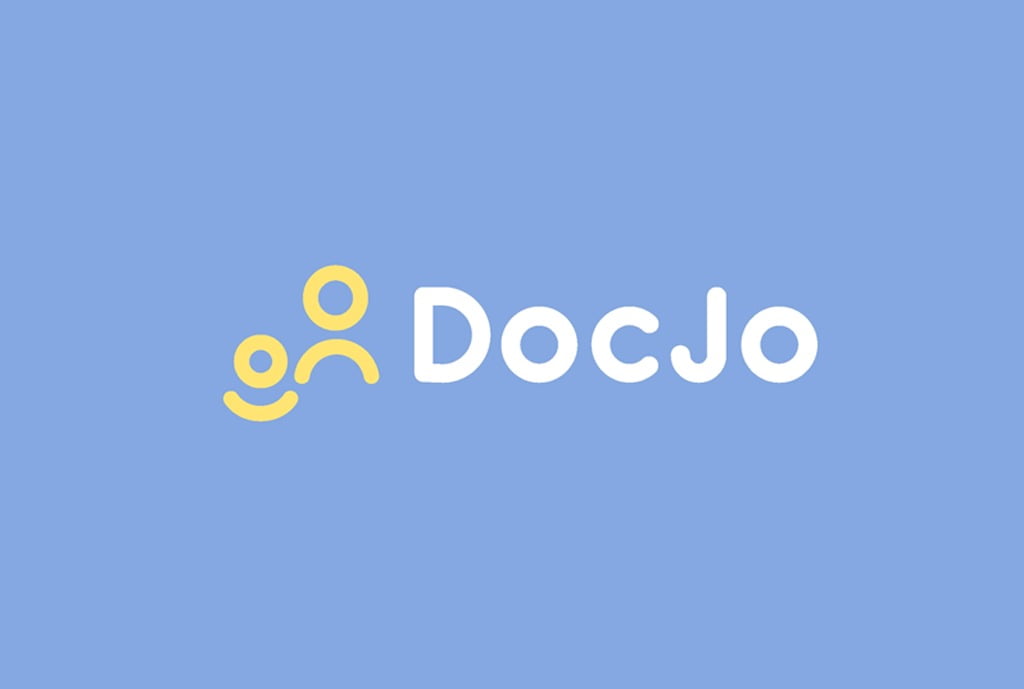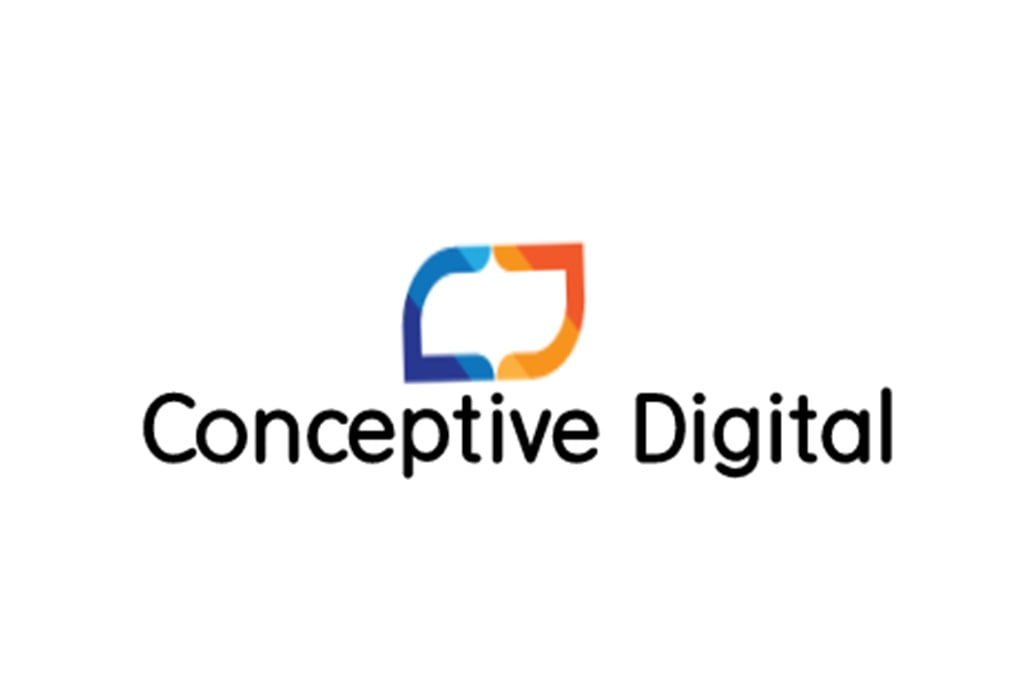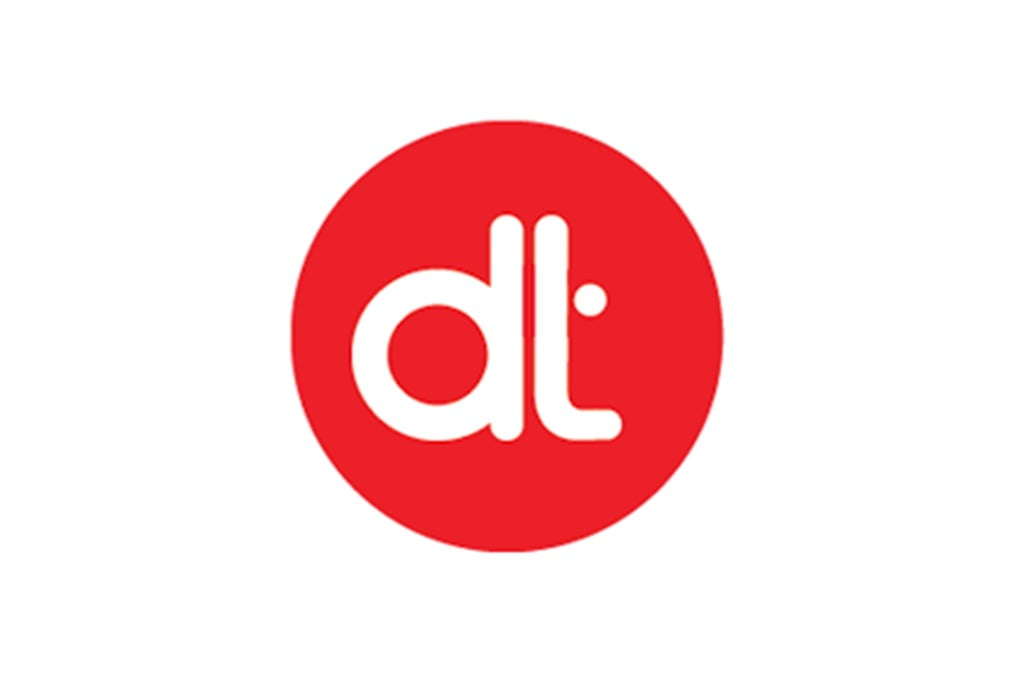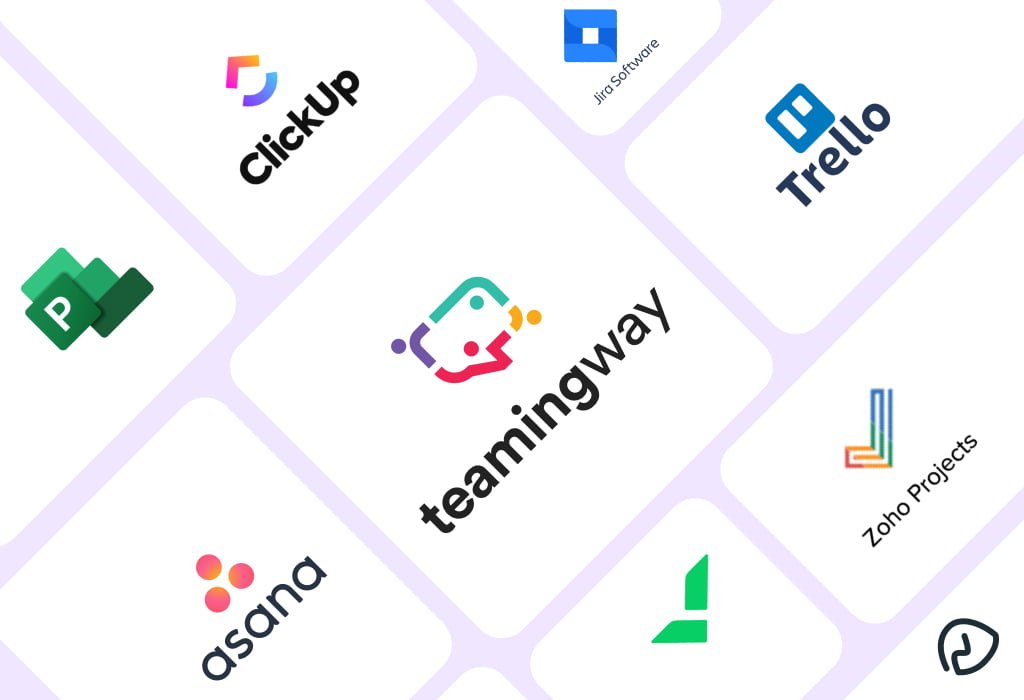
Imagine conversing with someone on a daily basis and in the simplest way possible, still not getting anything done. It happens daily. We try to communicate and get the message across, but the results never seem to be as needed. Yes, it happens when you stick to the old or traditional ways of working. If you are running a business at today’s fast pace, you need to give new ways of building workflow a chance and updating your Work OS.
We need to think of firms as sophisticated adaptive systems that follow distinct laws in today’s more complicated and linked global business world. They are more than the sum of their individual components. When their various components come together, the interactions’ results are difficult to predict, and changing them generally necessitates a significant lead time.
Right now, many organizations are running a non-functional operating system. Many people refuse to take it seriously unless it becomes a basic need for their economic infrastructure.
It is based on misunderstandings and obsolete ideas, which inhibit creativity and put a performance in jeopardy. We have the ability to change this operating system, despite its entrenchment.
What is the Work OS – Operating System?
This new phrase refers to a powerful work management tool that we anticipate you will utilize to perform more tasks in the near future.
A work operating system does for your team what a computer operating system does for your machine. Both of these operational centers help you manage tasks, your available abilities, and resources, guiding them to complete tasks as quickly as possible.
Both projects and ad hoc work can be planned, organized, and tracked using Work OS applications.
Work OS applications serve as a centralized hub for collaborating, communicating, storing, searching, and sharing information, reviewing and approving work, allocating resources, creating timetables, and much more.
But how do you know that your company needs a working OS?
Here are the 4 signs to tell:
1. Lack of Communication and Diversity in Remote Work:
We understand that a diverse staff produces better ideas, products, and outcomes. However, this does not always imply easier workflows or collaboration.
Face-to-face meetings become difficult or impossible when real office premises are not shared. Video conferencing can be difficult when people are in different time zones. Language obstacles are much more difficult to overcome.
Employees may connect more easily across time zones and cultures with a unique work OS Operating System. A translation tool, as well as a messaging software like Slack, might be integrated. A dictionary app or culture guide might also be incorporated, making it easier for employees to communicate with one another.
Knowing you’ll be productive regardless of location or time zone differences allows you to hire more remote staff with a variety of perspectives.
2. There are Collaborative Silos in Your Organization:
To provide excellent customer experiences, you’ll need to be an expert in product management, customer service, marketing, UX, software development, and other areas. They each have their own set of sub-specialties.
However, isolated execution is typically the result of a lack of collaboration, communication, shared tools, and data among diverse teams. As a result, there is either unnecessary work or work that cannot be executed successfully due to a lack of skill sets.
The collaboration enabled by a Work OS, on the other hand, is built on visibility, communication, and cooperative planning, and project management. As a result, better work will be produced, employees will be happier, and customers will have a complete experience.
Do you deliver a customer experience that combines the talents of all of your teams? If not, you may require a Work Operating System.
3. Too Many Status Meetings:
Every day, a slew of new projects, initiatives, and workgroups pop up. There is a lot of overlap in efforts across various organizations, and no one understands who does what. Putting together the big picture takes a lot of effort, and many status meetings and meeting notes waste a lot of time. Due to these encounters, it appears that there is no place for meaningful work overtime.
People utilize the internet to work and communicate about their specific work items. Thanks to a well-defined workflow with work OS and status monitoring, everyone knows what to do, why it matters, and how to accomplish it. There are no longer any status meetings. Ad hoc decision-making meetings with action items as a result of their output are allowed.
4. Agility is not at its Best:
Is your company as adaptable as it should be? Do your salespeople have instant access to all of the tools and assets they’ll need to close deals? How soon do issues with customers get resolved? How adaptable is your five-year plan to technological and workforce changes?
A Work OS or project management tool can readily adjust to fit the changing needs of customers, vendors, and employees provided it is equipped with processes appropriate for a limitless number of use cases. The best part is that a team may manage shifts within the work OS without jeopardizing employee autonomy. Everyone may quickly change their work OS activities to accommodate shifts while remaining compliant with standard operating procedures.
The Goal of Work OS
The purpose of a business operating system is to improve the efficiency of the firm. It is motivated by defined goals, shared values, and staff productivity. An effective business operating system can foster a healthy work environment in which people feel valued at work, their personal time is respected, and their efforts are rewarded.
You will have a proper workflow, team collaboration at its finest, and creativity at the peak. There is no denying that business in the times of today needs to be precise and fast at the same time. Fortunately, it is achievable through the functional work OS.
Bottom Line:
Each organization must have the means to identify each of the essential operations that provide value to customers so that they can be completed successfully time and over again. We’ve all dealt with a company that delivers its goods in a haphazard manner. As a result, customers are unhappy. No one wants it, so turn to TeamingWay as your professional assistant in a journey if you need a task management system. When you have TeamingWay, you don’t need so many third party applications including G-Suite, Skype, Zoom, Slack and other communication channels. TeamingWay is all in one package.
The world is not going to wait for you to adapt to catch up. You have to show before it moves forward with the ones implementing a functional working environment. Get professional advice and have your custom OS now. You are probably just hesitating in giving a new OS a chance within your organization. However, once you overcome the challenges, you will realize that it is a smooth process and better than the previous one.









